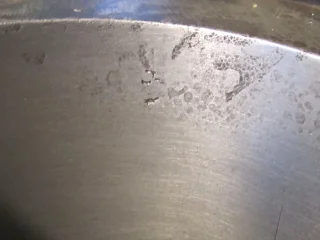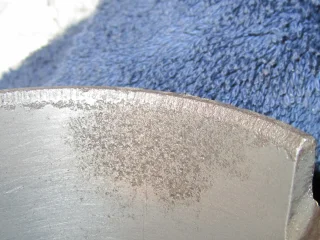jms
VIP MEMBER
- Joined
- Jul 26, 2005
- Messages
- 323
The bore on my Atlas cylinder measures out a consistent 2. 874 which is great. Here' the question. The barrel sat around for an undetermined about of time and had some minor rust in one side only so I Flex Honed it with a 73MM hone. It cleaned up really well with almost no dimensional changes to the bore however right at the very beginning of the bottom of the bore, say within a half an inch off the bottom there is some slight pitting in one area the size of a quarter and at the top with 1/2 of the top, again two small individual pits just bigger that head of a pin. Do I re-bore or will it suffice. Does the Commando piston rise to the very top of the barrel with a stock base gasket? Looks like the bottom of the first compression ring is roughly 1/4" from the top of the piston. I've got a brand new set of standard Hastings rings. Thanks


